
It can feel frustrating during story time when your child loses focus mid-story, forgets what they’ve just read, or breezes through words without really understanding them. You want reading to be joyful, not a chore. That’s where activities while reading come in.
When done right, they make reading more interactive, enjoyable, and memorable.
As a parent of two young children, I have faced these same concerns. Over the years, I’ve tested dozens of techniques–both in the classroom and at home–to help children stay engaged, build comprehension, and make story time something to look forward to.
Here is what you’ll discover in this post:
- How activities while reading can improve focus, memory, and understanding
- Three types of activity that bring books to life
- Tips for choosing the right activity based on your child’s personality, and your energy level
Engagement is something that should be encouraged before, during, and after reading. These 5 fun and easy pre-reading activities are a great way to start.
You’ve set the stage with strong pre-reading habits, now it’s time to make the reading itself just as powerful.
- Why Activities While Reading Matter
- Ask Questions While Reading
- Turn Reading Into Play
- Try These Shared Activities While Reading
- Choose the Right Activity for the Moment (and Your Child)
- Your Next Story time
Why Activities While Reading Matter
Whether your child reads a story silently or aloud, it doesn’t guarantee they’ll remember what they’ve read.
Reading comprehension and retention are about more than decoding words. It’s about connecting, reacting, and bringing the story to life.
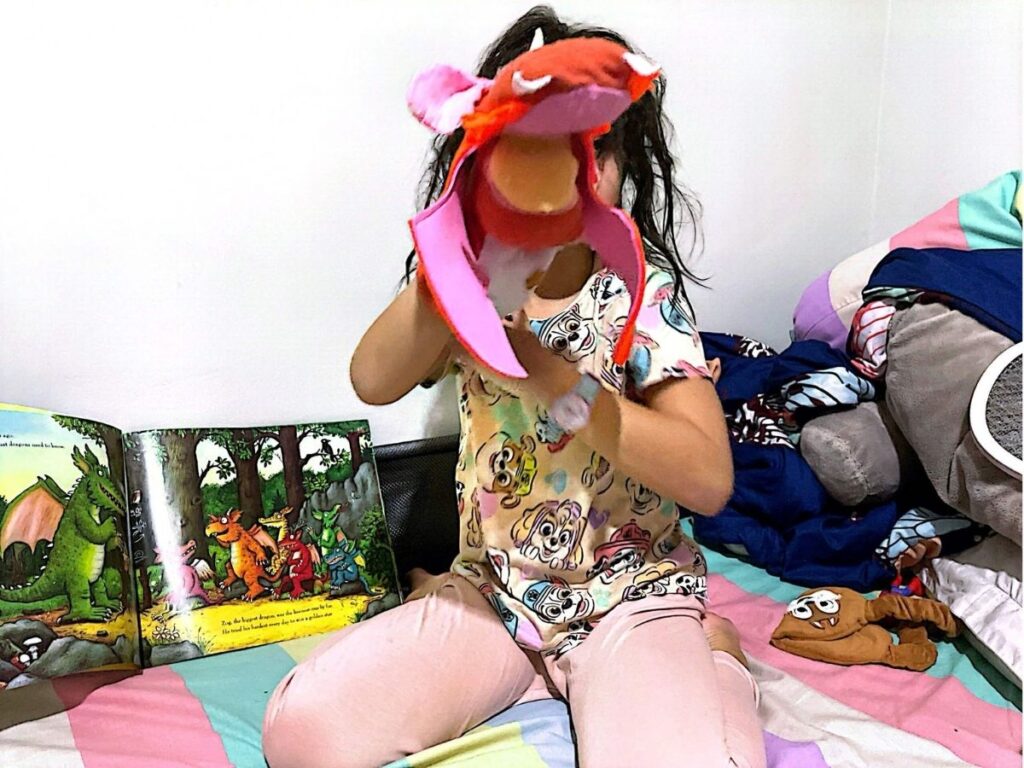
Children remember more when they’re active participants, not passive listeners.
Real-time engagement cements new vocabulary, story structure and emotional insight. All of these work together to help your child connect deeply with a story, and remember it for days, weeks, or even years to come.
Activities while reading build lasting habits and make reading feel like play, not work. They boost vocabulary, attention span, and confidence, with long-term benefits that go far beyond story time.
So how do you begin building these habits? Start simple: ask the right kinds of questions as you read.
Ask Questions While Reading
Your role as a parent is to turn passive reading into active thinking. Asking questions is a powerful way to do just that.
Pausing while reading is a skill that takes practice. Even my older students sometimes rush through texts without stopping to reflect.
Reading should feel like a conversation with the author. That’s why it’s helpful to show your child how to ask questions while reading, even at a young age.
These questions fall into three groups:
Prediction Questions
Prediction questions help children think ahead. Try pausing before turning the page and ask: “What do you think will happen next?”
Your child might feel shy at first, they could be worried about getting it wrong. Reassure them that there are no wrong answers. In fact, the fun is making wild guesses together.
Join in with your own predictions to show how easy (and fun) it is.
Then when you turn the page, ask your child what happened, and how close their prediction was.
Clarification Questions
Clarification questions are used to check if your child is following the story. They can be asked about anything on the page.
Your goal is to check your child’s understanding. Ask simple, natural questions to see if they’re taking everything in.
Clarifying questions can be short and to the point, yes/no answers are a quick way to check understanding.
They’re also a great way to check if your child understands new words in context. For example, you might point to a picture and ask, “Which one is the leopard?”
Justification Questions
Justification questions help your child explain their thinking. Young children have strong opinions, it’s valuable to teach them how to express their reasons, no matter if they’re right or wrong.
Start with questions like “Why do you think that?” It might feel awkward at first, but with practice, your child will get better at explaining their ideas.
I’ve found this habit carries over into everyday life. Now, my children are better at explaining their choices, and it all started during reading time.
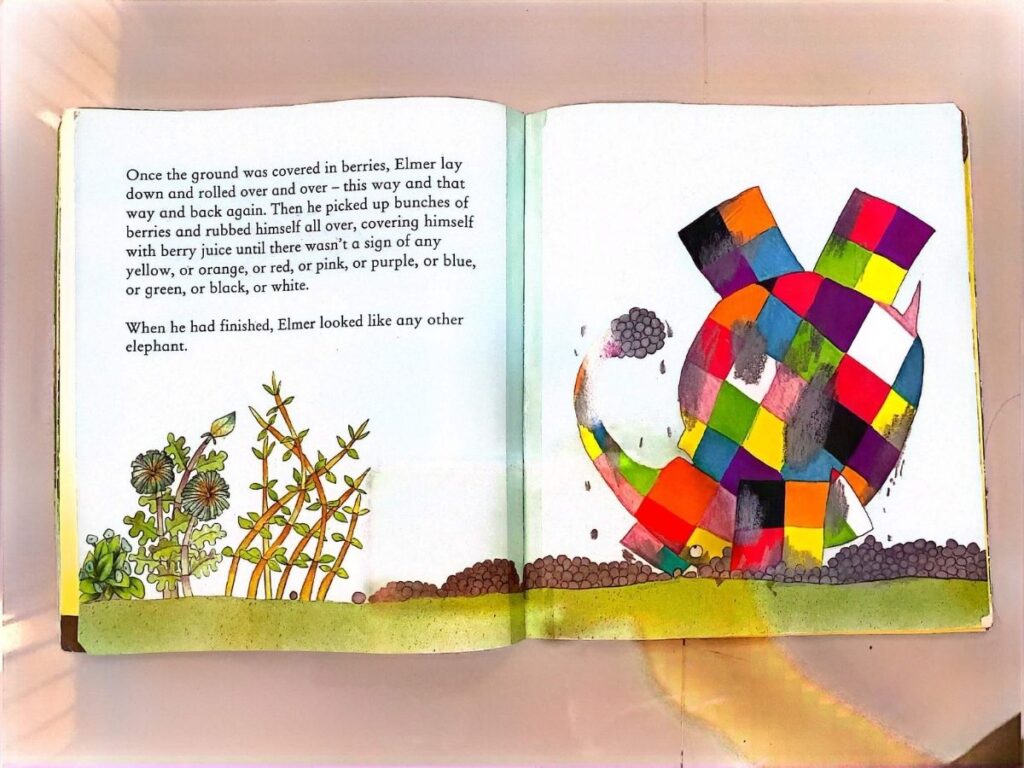
Example of questions from Elmer:
Prediction Questions
- What colour will Elmer become?
- What will the other elephants say to him if he changes colour?
Clarification Questions
- How does Elmer feel? (from illustration)
- What did Elmer look like when he finished? (from text)
Justification Questions
- Why do you think he feels happy?
- Would you want to change colour if you were Elmer?
Check and Adjust Predictions
Remember not to discourage wrong answers, and model how readers revise predictions based on new information.
When a child changes their mind based on new events, it’s a sign of critical thinking and problem solving.
How often you pause will depend on your child. Every child is different.
For younger children, one question per page might be enough. Older children reading chapter books may benefit from questions at key moments or chapter breaks.
You need to strike a good balance between increasing engagement in the story and allowing your child to maintain some reading momentum.
Asking comprehension questions is a great tool. But if it’s the only one you use, it can start to feel repetitive.
That’s why it helps to mix things up. With play-based activities you can bring the story to life and make reading feel like an adventure.
Turn Reading Into Play
This is the time when you get to shine as a parent and create lasting memories with your child.
I’ve found these activities work best during bedtime reading. At other times of the day, distractions often get in the way. Right before bed is the perfect time to get everyone involved and focused on the story.

Give Characters Silly Voices
This might come more naturally to the thespians among us, but giving each character a unique voice is something your child will absolutely love.
I’m not the most confident when it comes to acting. My range is limited to a deep voice, a high-pitched one, and a ‘crazy’ voice that I rarely use (but my kids beg me for it every time).
That’s more than enough to keep my children engaged. Each time we read, they excitedly claim which character they want to be and give it their own voice.
It doesn’t matter if your children can’t read yet. The pictures alone are enough to spark simple conversations and keep them involved.
Act Out Fun Scenes Together
To extend the previous activity, you can choose fun or meaningful scenes from your child’s story and act them out physically.
How far you take this is entirely up to you. It depends on your own comfort level (and how rowdy you want to get before bedtime).
But I’ve found that acting out scenes–whether it’s a race, climbing a tree, or a silly dance–helps my children remember the story more clearly over time.
My son loves the story of Elmer, and especially the part where Elmer has to shake a berry tree to help them drop to the ground.
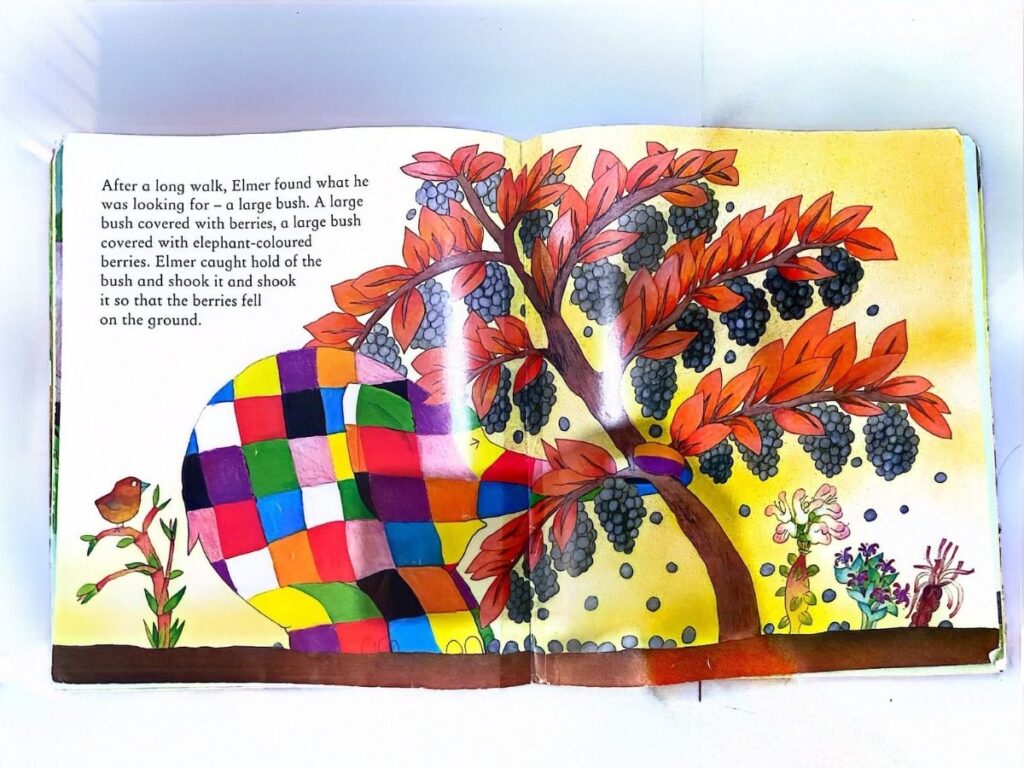
When he knows this scene is approaching, he will start to get ready because I like to act as Elmer and pretend my son is the berry tree. Then I ‘shake’ him until all the berries fall.
For my son, this is a fun activity. But I recognise this as him retaining the events of the story from our last reading. He is anticipating what is coming and making accurate predictions.
It also helped me to teach him the word ‘shake’, and the past tense ‘shook’, which he didn’t know. Giving words a physical action makes the meaning more memorable.

Big children’s book publishers often have websites that include fun activities that you can do at home. The Elmer website is packed with excellent activities.
Bring Characters to Life With Toys
This builds on the previous activities while reading. Before you begin, ask your child to choose stuffed animals or toys to represent different characters from the story.
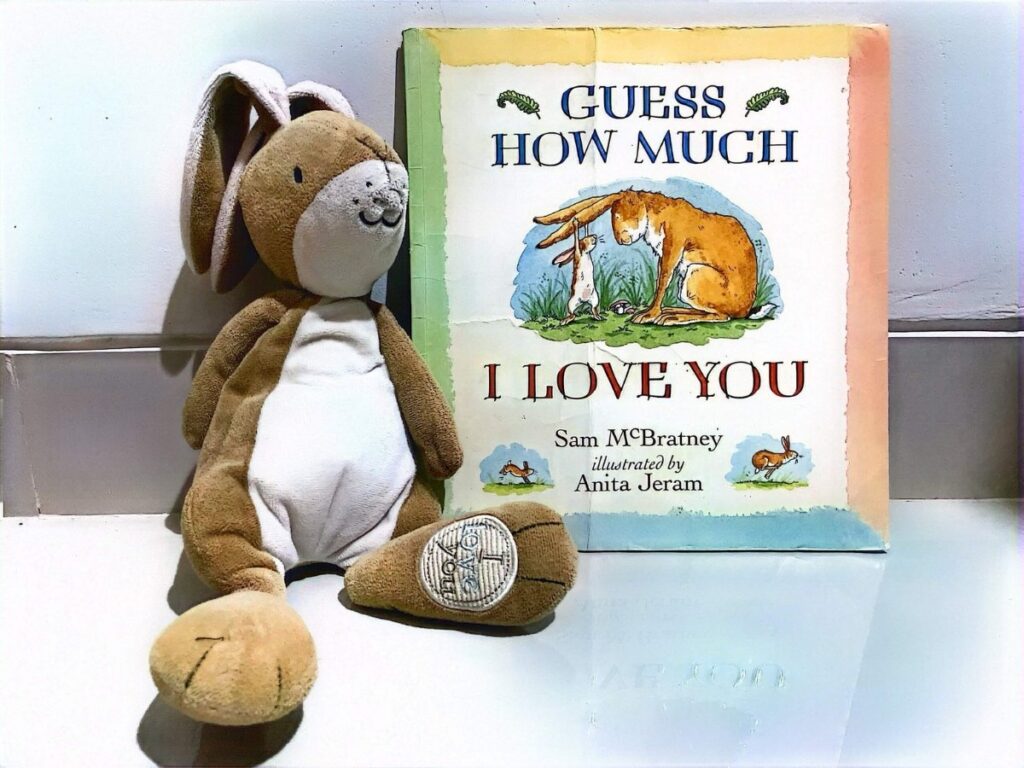
As you read, your child can move them around and create conversations between characters.
Many books now come with stuffed animal versions of the characters. They can be a little pricey, so my wife and I often ask for them as gifts when friends or family want to buy something.
They are simple, durable, and perfect for sparking imagination during story time.
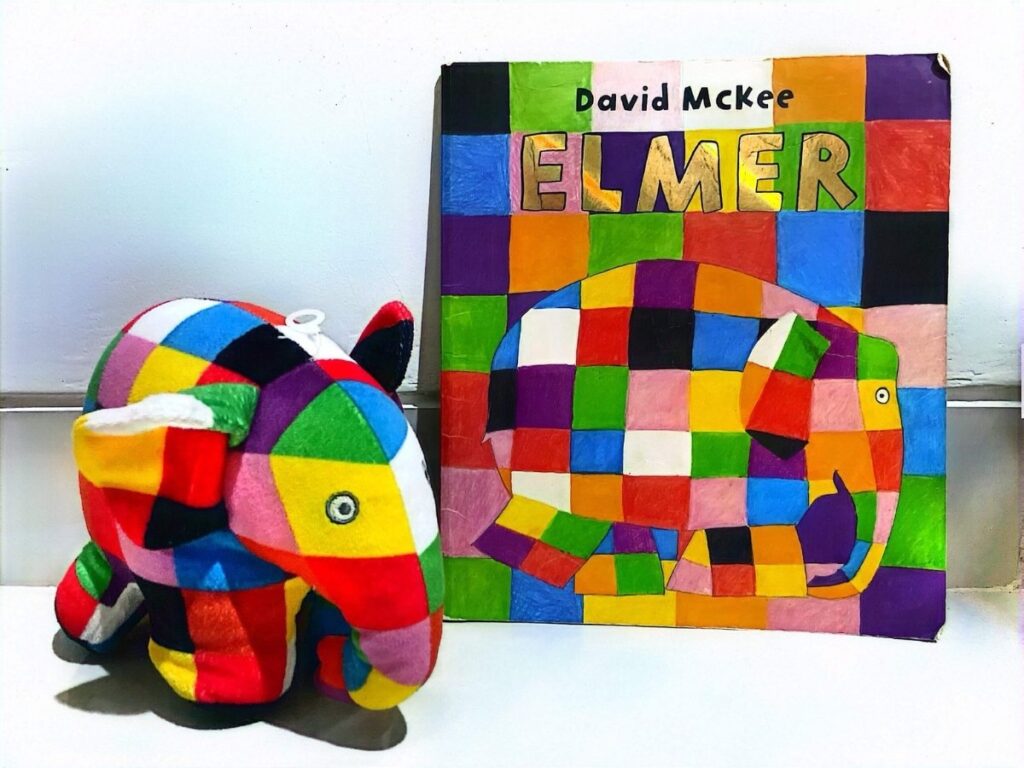
Their Grandma also loves crafts, she made a full set of colourful elephants to go with the Elmer story.
She made sock puppets for Zog the dragon, a favourite character. My kids love the puppets so much that they play with them all day, not just during story time.
Not to worry if you don’t have a crafty Grandma in the family, stuffed animals are more than enough to bring a story to life.
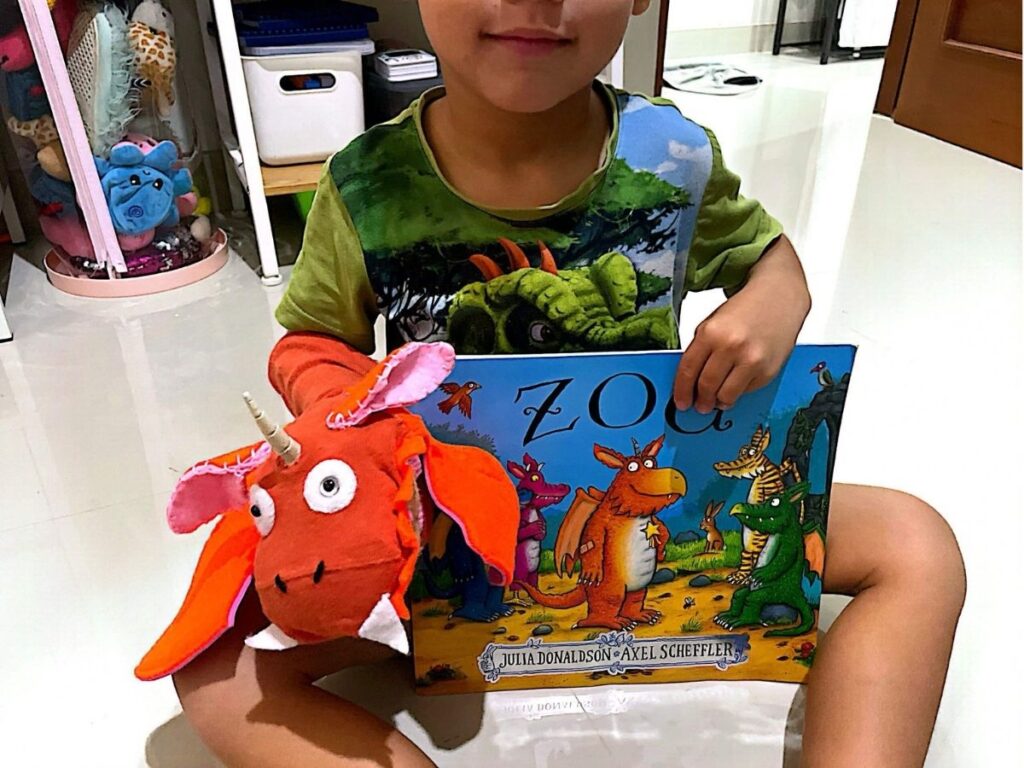
Stuffed animals are also great for shy children who may hesitate to act but are happy to play through toys.
Once your child is familiar with the story they’ll naturally want to take the lead. That’s your chance to guide them into storytelling of their own.
Create a New Story
As a teacher, I’m always encouraged to help children develop their higher-order thinking skills, like problem solving, critical thinking and creativity.
When a child truly understands a story and feels confident reading it, that’s when they’re ready to go off script and create their own version.
Being able to do this shows their creativity is flowing, and they feel comfortable enough with the story to take risks and experiment.
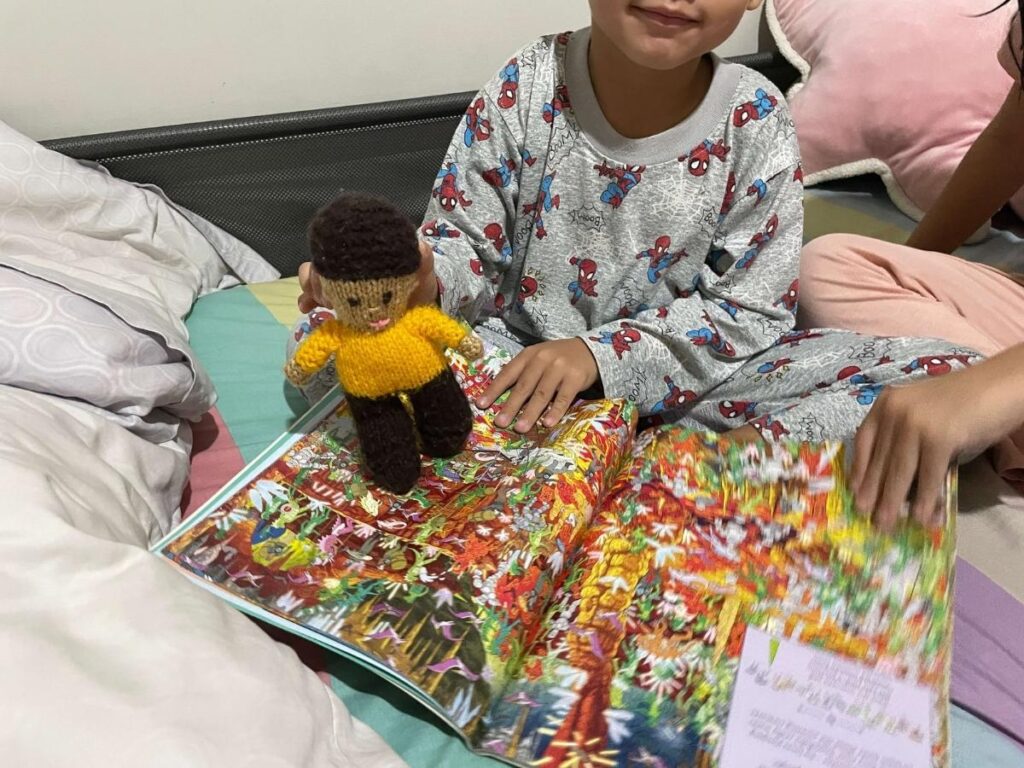
To get started, try asking questions that take the story in a new direction, introduce new characters using stuffed animals. Or my favourite, add your child as a character in the plot.
Here’s what I did: My children drew a small picture of themselves, then stuck it onto a popsicle stick. During the story, I brought out their characters and asked, “What would you do next?”
They excitedly grabbed their characters and jumped right in, creating new twists and dialogue as the story unfolded.
When your child veers off script, you’ll be amazed at the extent of their imagination.
At this point, you can join in and guide the story. Or, if you have siblings, just sit back and watch them interact with each other and the plot.
Try this:
- Help your child create a character version of themselves, either by drawing a self-portrait or using a photo cut-out.
- Stick it onto a popsicle stick or straw to make a simple puppet.
- Then during story time, introduce their character and ask:
“What would you do if you were in the story?”
Creative storytelling builds confidence. Now, let’s look at two reading activities that help young readers feel capable and supported as they read.
Try These Shared Activities While Reading
These next activities while reading are perfect for younger readers (ages 3-7), or children just starting to recognise words and build confidence with books.
Echo Reading
Echo Reading helps build confidence and fluency by encouraging children to copy your reading aloud.
You read a short sentence aloud first, then your child echoes it back. Aim to read naturally and steadily, your tone sets the model for them to follow.
Hearing you first helps your child with pronunciation and pacing. Over time, they begin to mirror your speech patterns and develop stronger reading habits.
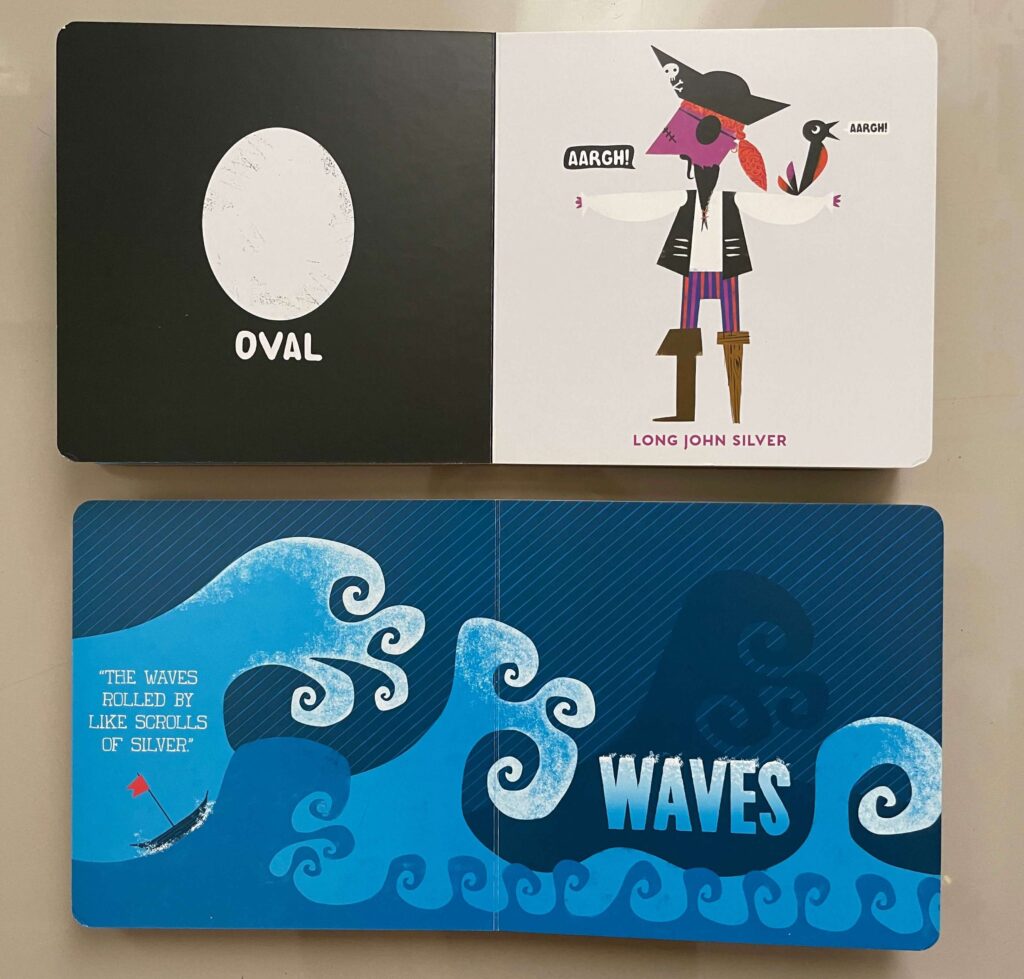
This works especially well with rhythmic or patterned books, ones with rhyme or repetition, as they make the reading more fun and memorable.
As your child becomes more confident, you can gradually increase the length of the sentences they repeat.
I use this with my four-year old son, who’s not yet reading. We only do Echo Reading for two or three pages, it doesn’t take long.
When you drop it in naturally throughout the story, it feels less like a lesson and more like playful storytelling time.
Give specific praise and encouragement. Instead of saying, “Good job,” try: “You said that tricky word perfectly!” or “That was such a brave effort with a long sentence!”
Once your child gains confidence with Echo Reading, they may be ready for the next step: reading alongside you in a more balanced way .
Paired Reading
This builds on Echo Reading. Now, you and your child take turns reading different parts of the story aloud.
Here, your child reads sections on their own while you listen and support as needed.
It’s a great strategy for that in-between stage, when your child wants to try reading alone but still needs you nearby. It’s a gentle bridge toward confident, independent reading.
There is no single way to do this. When my daughter first started reading, we took turns sentence by sentence. Later, as her confidence grew, we took turns reading full pages.
Even now, she sometimes feels unsure with longer books. When that happens , I’ll read the first few pages, then she finishes the rest.
She’s on the edge of full independence with reading, but we still love doing this together. She especially enjoys when I give the characters funny voices, which she then continues in her own way.
The real magic is when she invents her own voices, often surprisingly realistic ones. Think about what’s happening here: she’s using the illustrations and character clues to decide how a voice should sound. That’s reading comprehension in action.
These two activities are a perfect pair. They build naturally on each other and are easy to adapt on any given day or dugin any reading session.
Now that you’ve got a wide range of activities while reading, the next step is learning how to pick the right one for the job.
Choose the Right Activity for the Moment (and Your Child)
The activities while reading you’ve seen here are designed to boost your child’s engagement and reading growth. There’s a wide range for a reason: so you can keep things fresh, flexible, and suited to your child’s needs.
Match Activities to Your Child’s Level and Personality
Every child is different. Some will instantly connect with certain activities, while others might lose interest just as quickly.
Energetic, outgoing children may thrive with role plays and silly voices. More reserved children, or those still building confidence, often benefit from shared reading activities because the closeness helps them feel secure.
My daughter is deep in her ‘Why?’ phase. Many parents reading will know exactly what I’m talking about. All day long I get questions like, “Why is the sky up?”, and “Why are trees tall?” And I rarely have a satisfying answer.
But something interesting happens when we read together. I can ask her countless questions while she reads, and she answers them thoughtfully and enthusiastically.
Is this connected to the ‘Why?’ stage? I’m not sure, but I’m going to keep asking.
Consider Your Own Mood and the Time of Day
Your energy matters too. If you’re feeling tired or distracted, it might be better to choose a calm, quiet reading activity for the day.
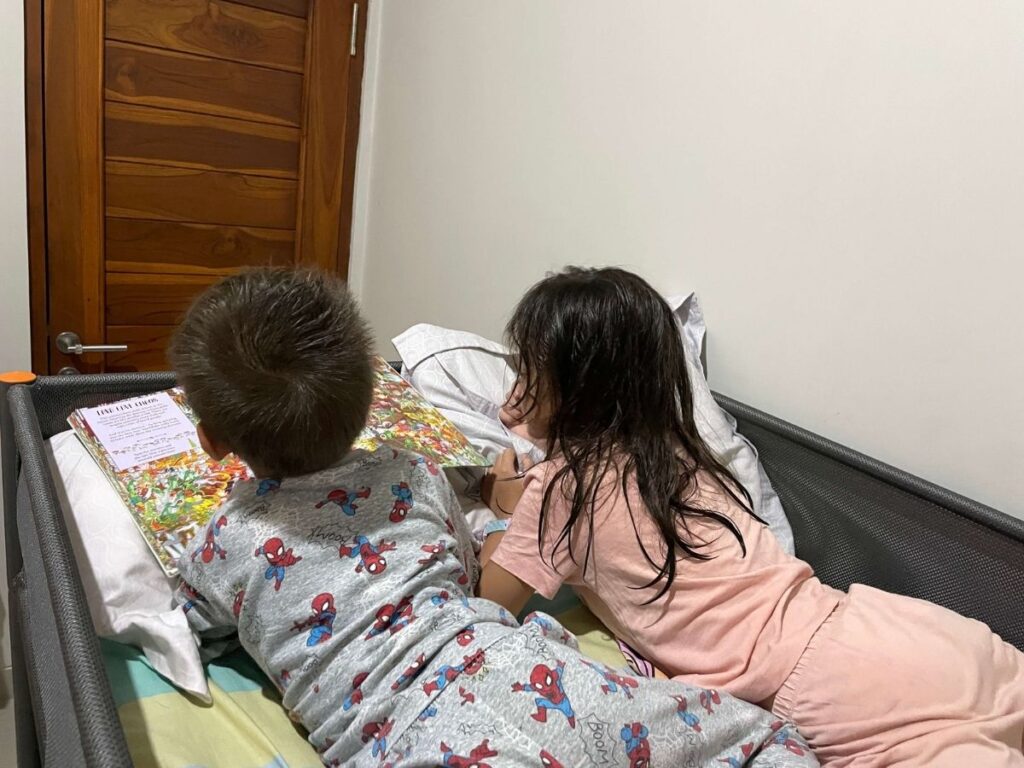
Children pick up on your moods quickly. Especially when you’re half-heartedly doing silly voices!
Save the high-energy play for when you can bring your full self to the experience.
When it comes to timing, every family is different. My kids love reading both before bed and after school, but I’ve found that activities while reading tend to work best at bedtime.
After school, I let them unwind and explore their books on their own. It’s a looser, more relaxed kind of reading time.
Over time, our bedtime reading routine has become a powerful wind-down tool. It didn’t start that way. At first, they came into it with too much energy. But with consistency, they’ve learned how to shift from full-speed to story-mode without missing a beat.
No matter which activity you choose, the most important part is showing up with curiosity and playfulness. Here’s a simple mindset to take with you into your next reading session.
Your Next Story time
When children connect with a story–by asking questions, imagining themselves in it, or acting it out–it becomes more than just a book. It becomes their story.
What they create doesn’t need to be perfect. Their brains will do the work of making sense of it later by storing the words, ideas, and feelings long after the book is closed. These activities while reading help those memories stick.
Encourage your child often. You don’t need to be a trained teacher, just a curious, playful, and present parent.
Try one or two ideas during your next reading session. If there’s a little pushback, that’s okay. Some of them take time to warm up to.
Be consistent, stay curious, and you’ll start to see something wonderful: your child growing not just as a reader, but as a storyteller too.
Reading doesn’t stop at the last page. Cement your child’s comprehension with easy and impactful post-reading activities that will ensure everything is remembered and understood.
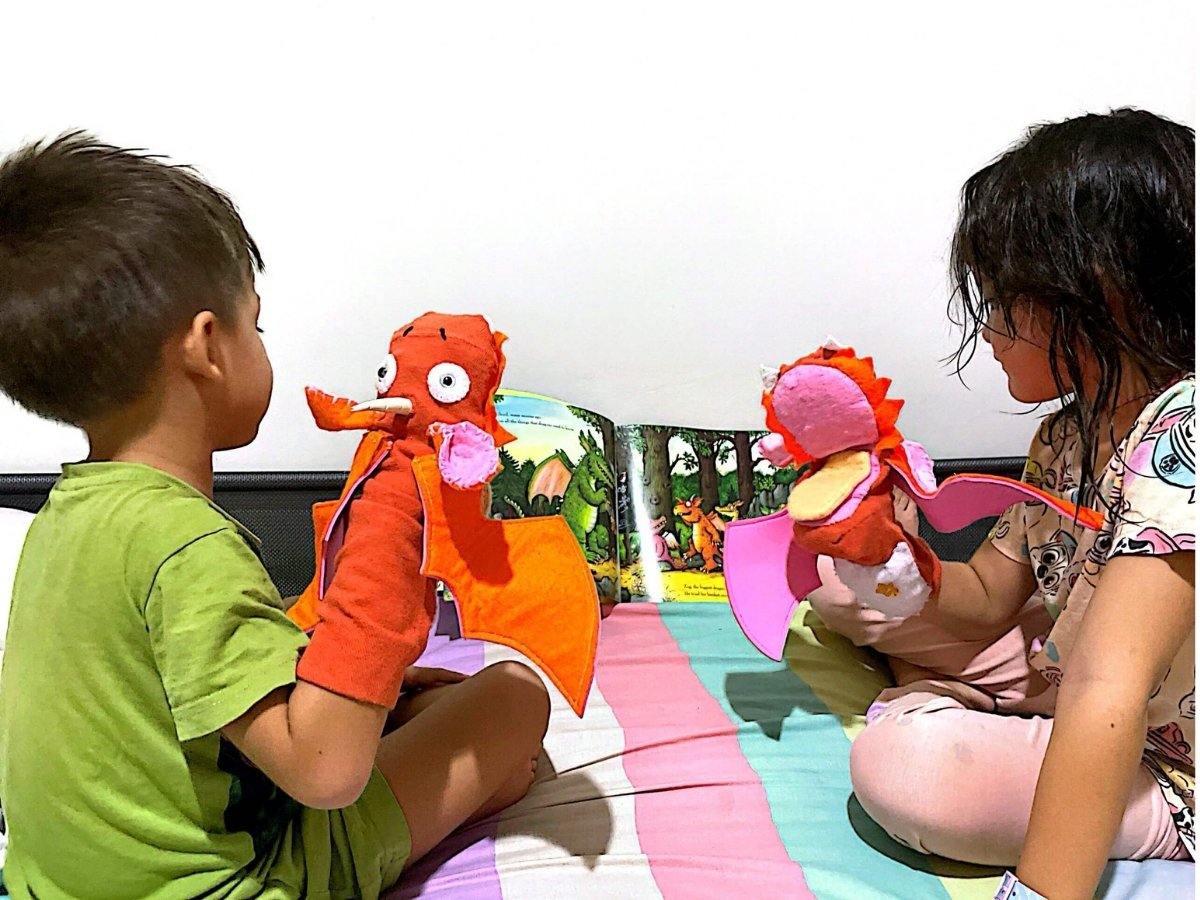
Leave a Reply